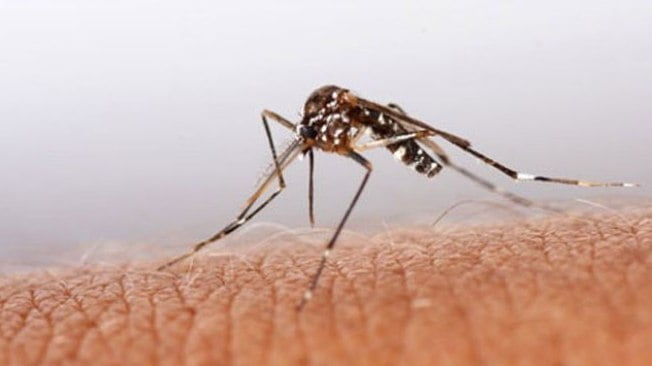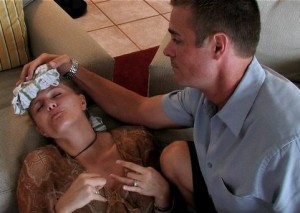| United States Patent | 5,242,820 |
| Lo | September 7, 1993 |
Pathogenic Mycoplasma (Mycoplasma Fermentans Incognitus)
| Inventors: | Lo; Shyh-Ching (Potomac, MD) |
|---|---|
| Assignee: | American Registry of Pathology (Washington, DC) |
| Family ID: | 27401851 |
| Appl. No.: | 07/710,361 |
| Filed: | June 6, 1991 |
| Application Number | Filing Date | Patent Number | Issue Date | ||
|---|---|---|---|---|---|
| 265920 | Nov 2, 1988 | ||||
| 875535 | Jun 18, 1986 | ||||
| Marquart et al (1985) Mycoplasma-Like Structures . . . Eur J Clin Microbiol 4(1):73-74. . Lo et al (1989) A Novel Virus-like Infectious Agent . . . Am J Trop Med Hyg 40(2):213-226. . Lo et al (1989) Identification of M Incognitus . . . Am. J. Trop-Med. Hyg 41(5):601-616. . Lo et al (1989) Association of the Virus-like Agent . . . Am J Trop Med Hyg 41(3):364-376. . Lo et al (1989) Fatal Infection of Silvered Leaf Monkeys . . . Am. T Trop Med Hyg 40(4):399-409. . Lo et al (1989) Virus-like Infectious Agent . . . Am J Trop Med Hyg 41(5):586-600. . Marquart et al (Feb. 1985) Abstract Only Eur J Clin Microbiol 4(1):73-74. . Hu et al (1990) Gene 93:67-72.. |
Primary Examiner: Nucker; Christine M.
Assistant Examiner: Preston; D. R.
Attorney, Agent or Firm: Venable, Baetjer, Howard & Civiletti
The invention described herein was made in the course of work under a grant or award from the United States Department of the Army.
CROSS-REFERENCE TO RELATED APPLICATIONS
What is claimed is:
2. A biologically pure mycoplasma having the identifying characteristics of M. fermentans incognitus, ATCC 53949.
Description
BACKGROUND OF THE INVENTION
1. Field of the Invention
The present invention relates to a novel strain of mycoplasma isolated from a patient with AIDS. The mycoplasma is closely related to a species of human mycoplasma, M. fermentans. Upon characterization of this mycoplasma, it may be classified as a unique strain within the species M. fermentans incognitus. This novel strain of nycoplasma is referred to hereinafter as the incognitus strain or M. fermentans incognitus.
The invention also relates to use of the mycoplasma M. fermentans incognitus as well as all strains of M. fermentans in detecting specific antibodies in sera of patients with AIDS or an acute fulminant systemic disease and/or animals and its use as a vaccine against infection by the mycoplasma. The invention further relates to incognitus strain-specific antibodies and cross-reactive which later break up into individual cells that are capable of passing through membrane filters of pore size 0.45 .mu.m or even 0.22 .mu.m.
Those with Lyme disease may already be aware of this coinfection. It appears to be circulating with the 2017 flu causing extended periods of serious illness. Frequencies are available to subscribers.



